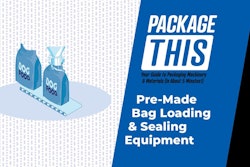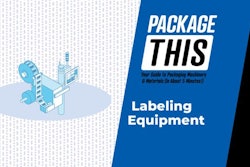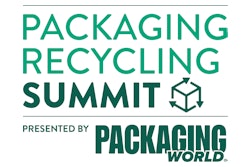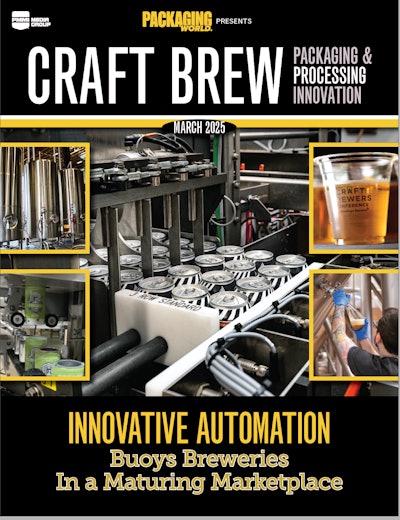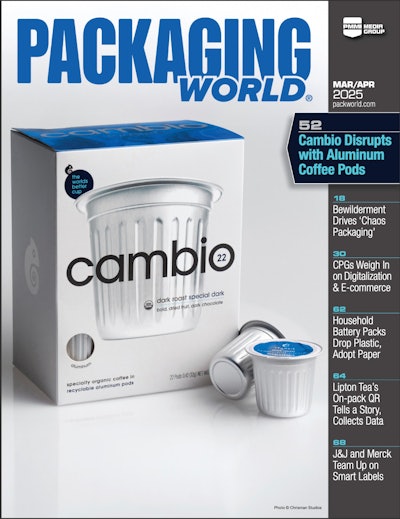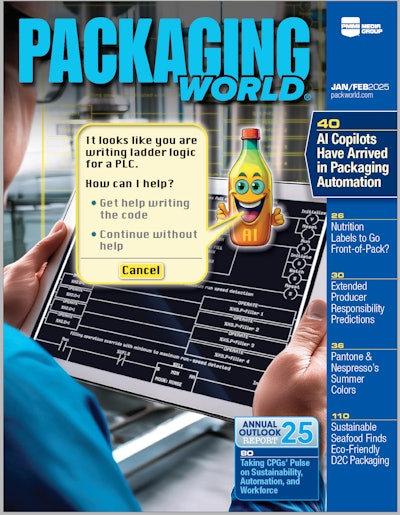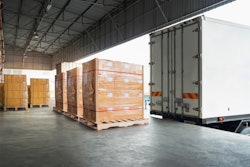The following transcript was produced by AI and not carefully edited.
Matt Reynolds: So whether it's, uh, internal self-imposed sustainability goals via Ellen MacArthur, or if it's in pending legislation and taxation via extended producer responsibility, EPR, uh, brands and CPGs are increasingly looking for ways to make the packaging they use more sustainable. Big brands are making big changes that have big impacts in aggregate over time, while smaller brands are acting almost as the laboratories trying new things and experimenting with new materials. So as you went over the data and the results in all of your interviews, what are some of the big trends that you saw in the annual Outlook report response data?
Anne Marie Mohan: So, yeah, I can give you some of the top line results and then we can go into them a little bit further. But I would say the biggest finding was the trend toward paper. And we've seen that quite a bit, but it really amazed me how many, uh, respondents said that they're using it now and even more so how many people plan to use it. That and bio-based and compostable packaging. There was, uh, quite a trend toward use of that in the coming year, which is also something we'll have to see if that, uh, bears out in our next survey. Um, also, this was kind of a surprise to me. Um, out of all the things that CPGs look at and evaluate when they're considering making changes to their packaging for greater sustainability, the top priorities are recyclability and recycled content. And then the biggest driver for them, which was also a big surprise to me, is brand reputation. And the biggest challenge they're facing right now is cost. Um, however, if you look at all these responses holistically, um, the switch to paper makes a lot of sense. And they all kind of come together in a holistic way to tell the same story.







